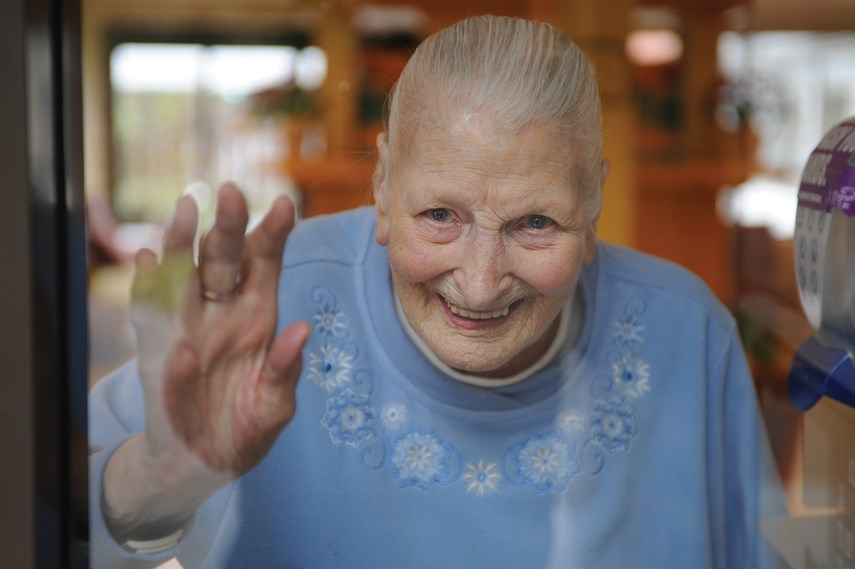Jaye Edwards is back among the blue skies.
The North Vancouver senior, who was one of a handful of female pilots in the Second World War, died at her Lynn Valley care home on Aug. 15 at the age of 103.
Edwards, who described herself as “a bit of a renegade,” took the unusual step of signing up for flying lessons in her native England in 1939.
“I never fit in, so I had to find something else to do,” she said in a 2018 interview with the North Shore News.
The day after war with Germany was declared, her pilot’s licence arrived in the mail.
By 1941, the Royal Air Force was in need of pilots who could transport planes from factories to the military bases where they were needed. Edwards joined the Air Transport Auxiliary in 1943, which employed 168 women. The group came to be known as the Attagirls.
During the war, Edwards flew 20 different planes, most of them single-engine fighters like the Supermarine Spitfire or Barracuda dive bomber, although she also took the yoke of some twin-engine bombers like the Avro Anson. If the ATA pilots didn’t have much experience on the plane they were assigned to on a particular day, they had a pared down manual strapped to a thigh they could consult. Edwards’s personal favourite was the Hawker Hurricane.
“I felt it was friendly,” she said.
More than mastering the controls of military aircraft, Edwards had to learn to navigate using physical landmarks alone. The maps the Attagirls were given contained no written names, lest they became valuable intel in the hands of the enemy.
More than 150 ATA members were killed in active duty during the war, including 15 of the Attagirls.
Jerry Vernon, president of the Canadian Aviation Historical Society, said the contributions of women like Edwards should not be understated.
“I think they were very important. They ferried thousands of aircraft around the countryside. Otherwise they would have had to use service people for that, which they were very short of at the time,” he said.
After the end of the war in 1945, the ATA was disbanded and it was the end of Edwards’s flying career, although once, in her 80s, she was given the controls of a small plane for a flight over White Rock where she discovered she still had what it took.
Only one of the 168 Attagirls is alive today, an American named Nancy Stratford.
Edwards moved to Canada in 1948 and eventually settled in North Vancouver where she married and had a family, became a teacher and enjoyed an active life of hiking and skiing in the local mountains.
To mark her 100th birthday in 2018, fellow Spitfire pilot and Canadian astronaut retired Cmdr. Chris Hadfield recorded her a personal greeting in which he sang Happy Birthday to her.
Reflecting on her contribution to the war effort, Edwards said she could scarcely believe the luck.
“You were doing a job and yet it was such a pleasure. It was unbelievable, almost,” she said. “To get up and get into the sunshine and the blue sky, it was peaceful.”



